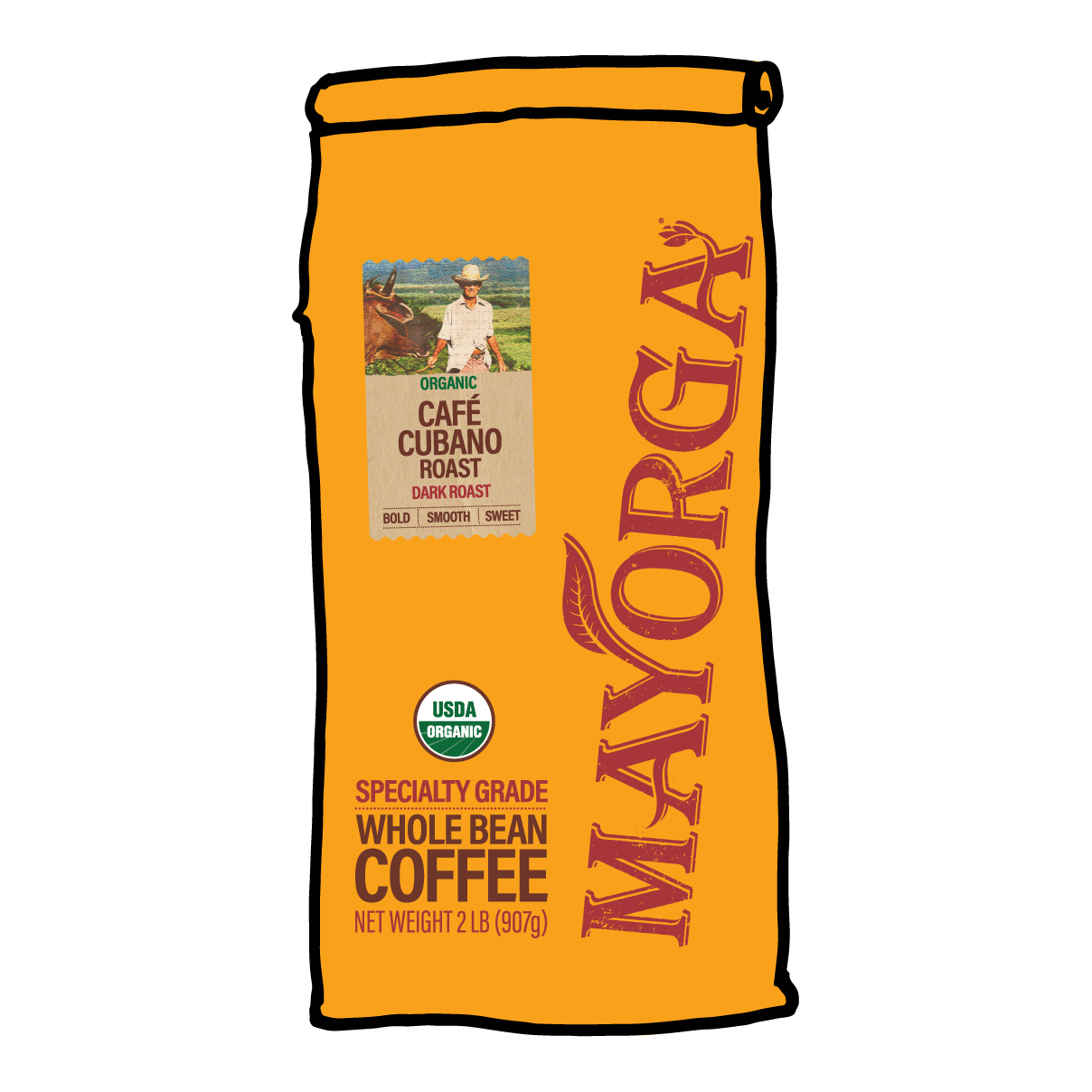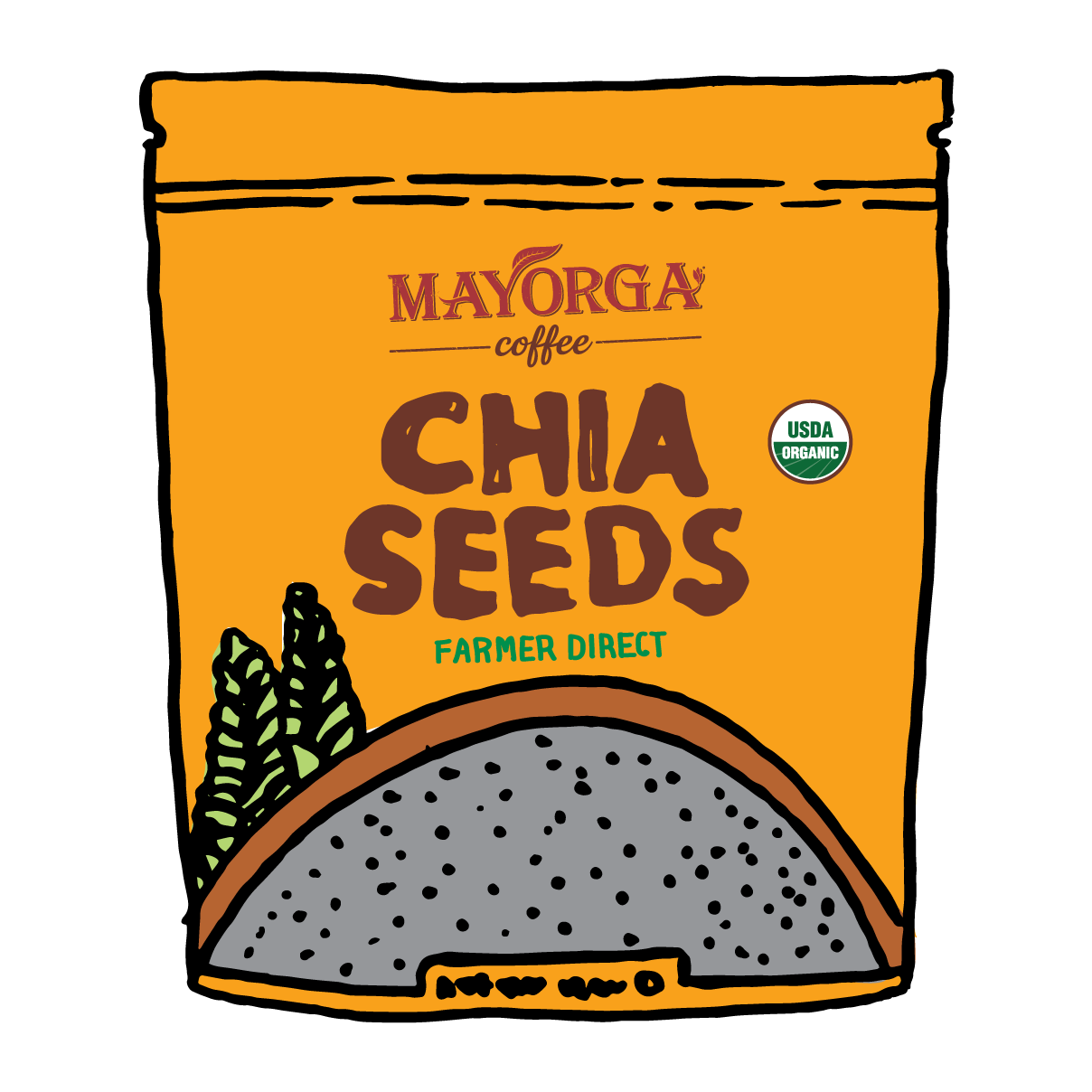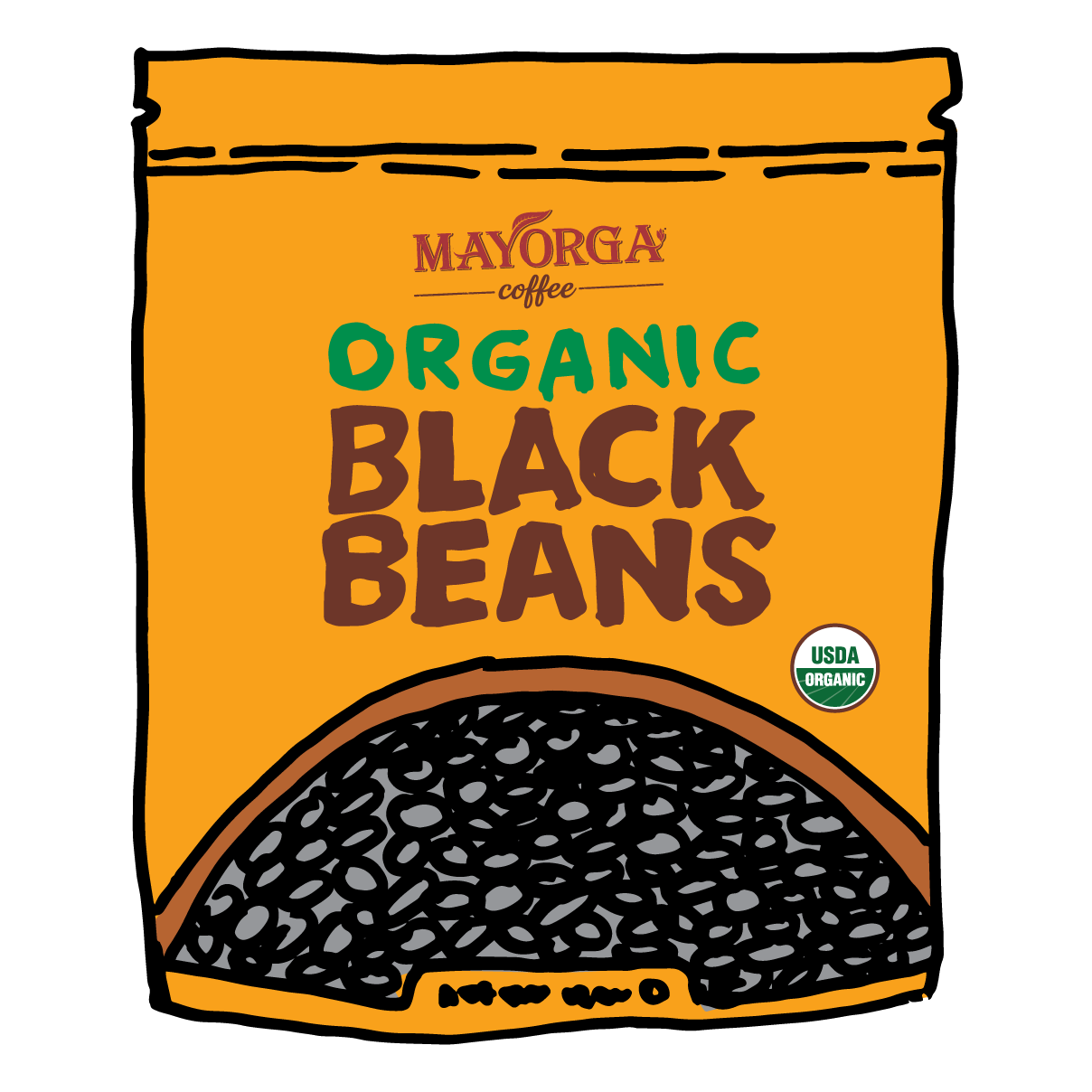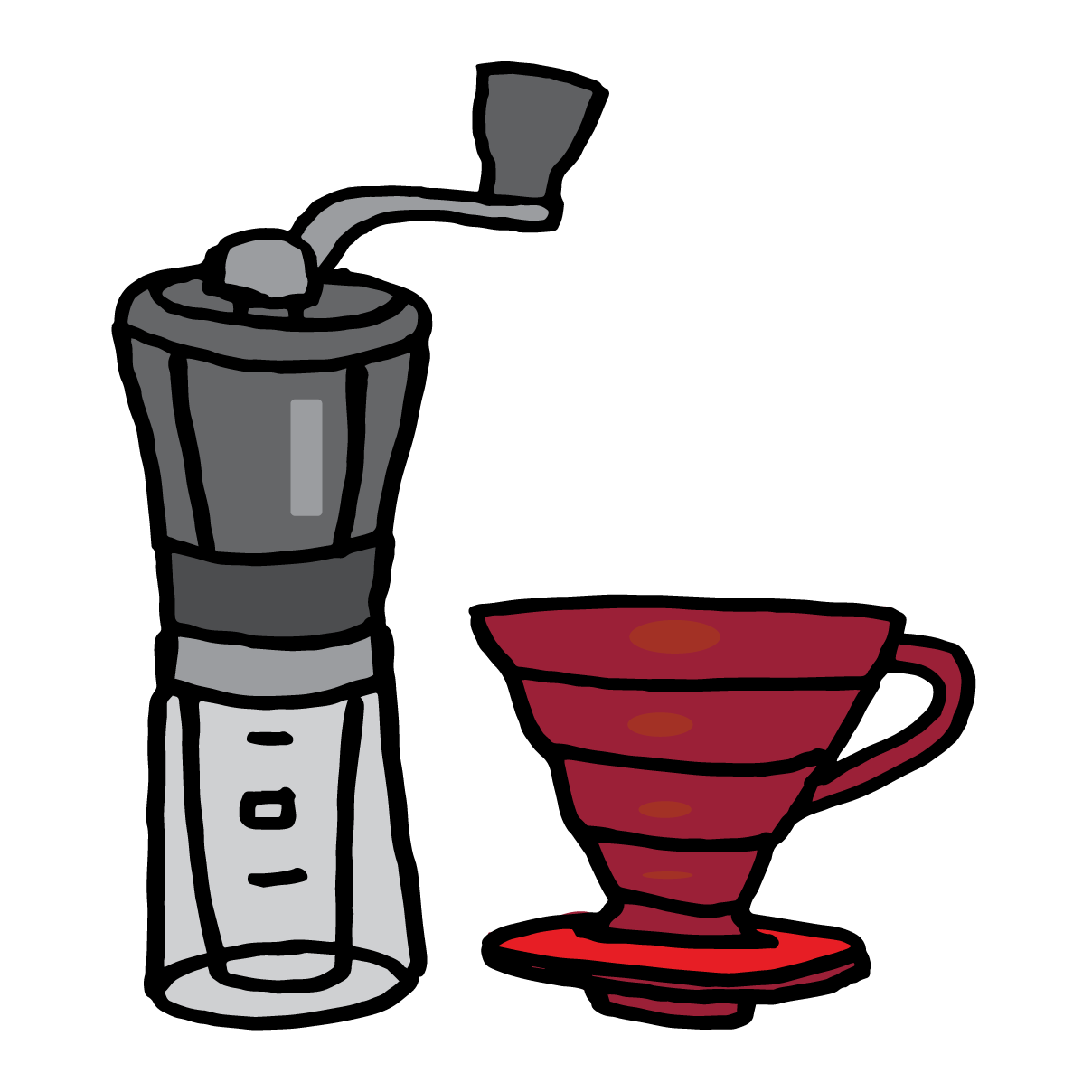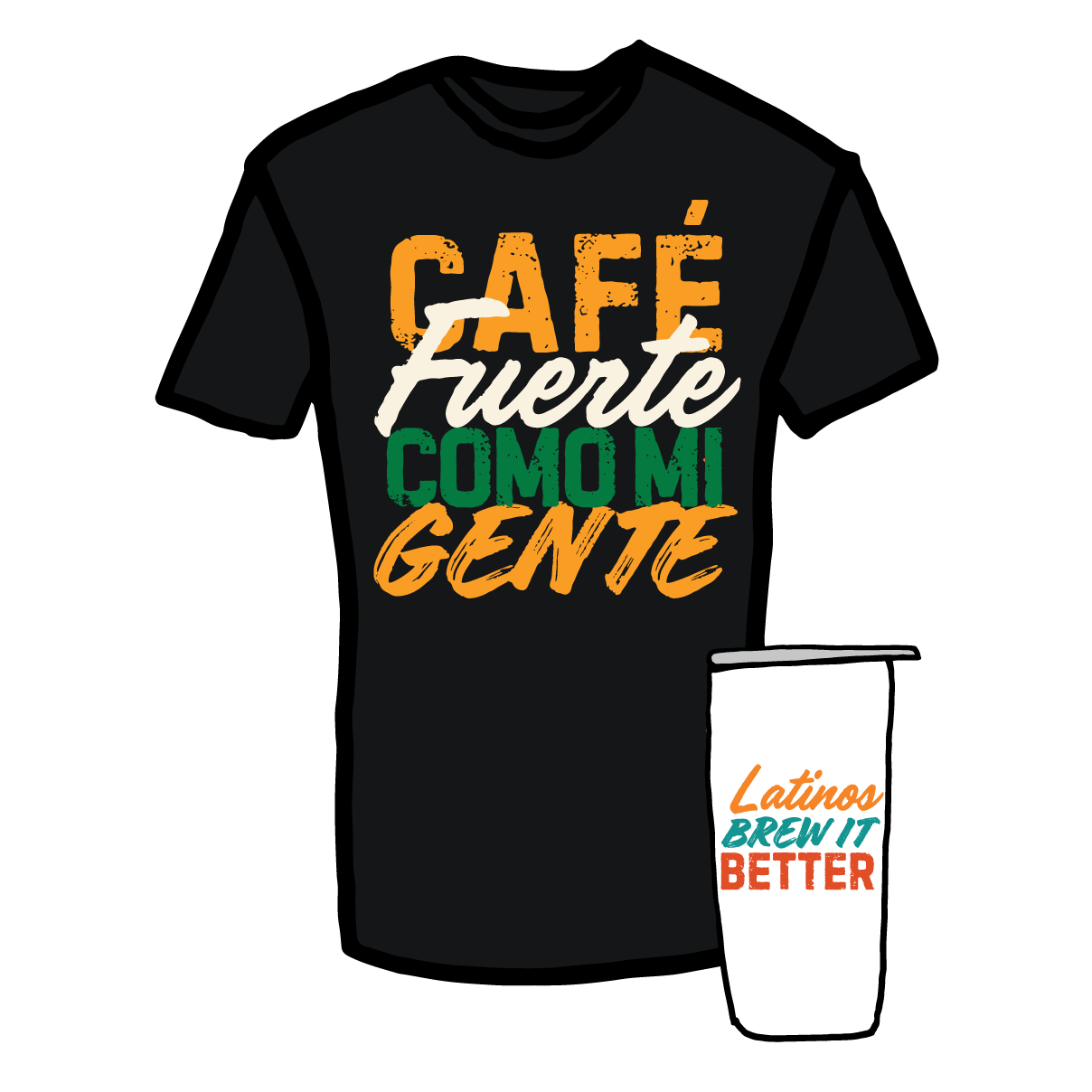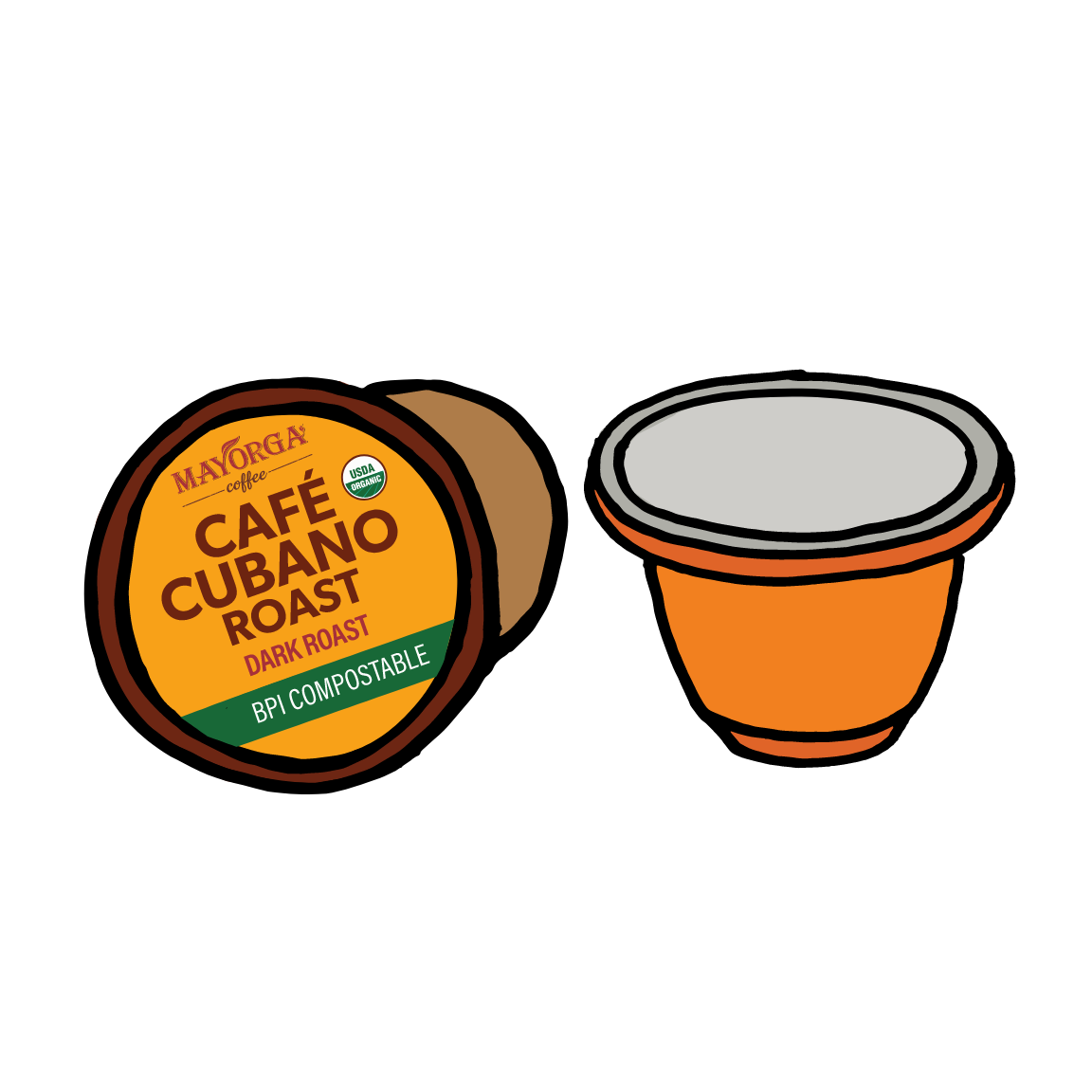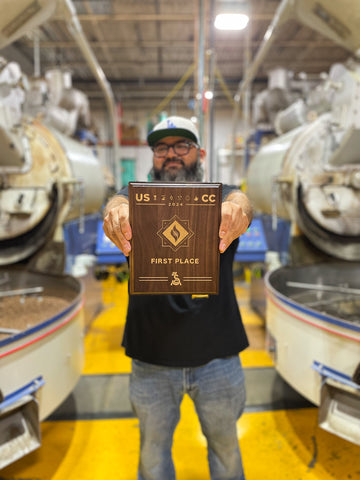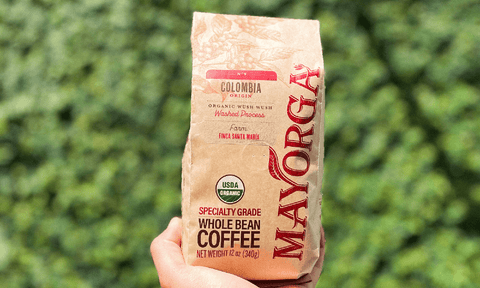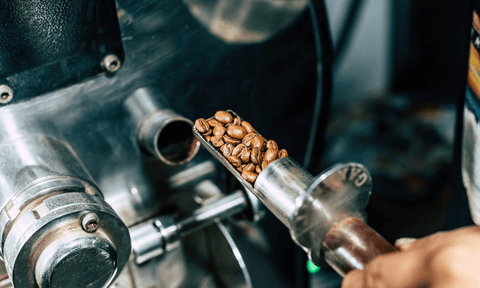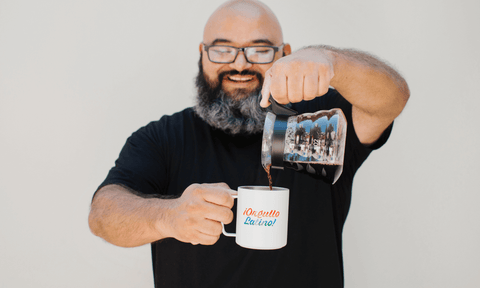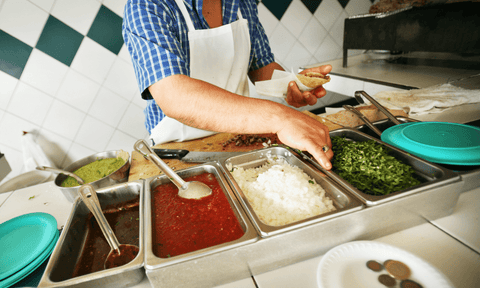Edwar Andrés Salinas Tovar tells us why a cafecito means something a little different to every one of us.
¿Nos tomamos un cafecito?
For us, having a cafecito is often a ritual; a special moment; an experience. It gives us the opportunity to discuss important things – or simply chismear.
The cafecito experience is part of what it means to be Latino and it has crossed borders with us.
In fact, according to recent data shared by the National Coffee Association (NCA), our demographic is one of the ethnic groups that drink the most coffee in the country.
To us, drinking coffee early in the morning is crucial. It's a ritual that sets the tone for the day. As well as during the day. And, come to think about it, late into the night.
A cafecito can bring together different cultures and strengthen social networks. It can evoke memories of home. It's part of our heritage that has been passed down for generations.
It can also connect different Latino cultures in the US as Martin Mayorga, CEO and founder of Mayorga Coffee, notes.
Martin was born in Guatemala but grew up in Latin American countries before arriving in Miami. Here, he spent a lot of time with Cuban immigrants and experienced how cafecito permeates all aspects of Latino social life – no matter where you're from.
As he explained in an interview with Perfect Daily Grind: "In Miami, coffee is deeply ingrained in our culture. It's part of our childhood [and] heritage. Miami has been ahead in the social aspect of coffee consumption for decades. The social aspect of coffee was powerful, and still is."

A Brew Steeped in Tradition
One of the reasons cafecito is so important is because each community has its own traditions, Miami-based Cuban chef and cookbook author Lourdes Castro tells us that it is "more than just a coffee".
"In Miami, no Cuban meal is complete without a cafecito," she says. "A well-made cafecito has sweet crema floating over strong espresso coffee."
Edwar Andrés Salinas Tovar, a Colombian coffee expert and the co-founder of Rodson Coffee explains why it differs across different cultures.
He says: "Depending on the Latin American country, it may be called black coffee or, in Colombia, we call it tinto. For Cubans, the experience involves the café Cubano, a very concentrated coffee with brown sugar. Venezuelans, again, enjoy a mild black coffee called guayoyo or a black coffee with milk called marrón."
These traditions come from the fact that so many of our cultures have a rich heritage of growing coffee. Coffee is woven into life for so many of us, and it means something different for each of us.
This is why each household and family has their own different way of doing it. But Edwar says that it isn't how you make it that's important – it's the fact that it allows you to enjoy the moment.
Drink it with or without milk, put sugar in, use drip or espresso. Who cares? It really doesn't matter – as long as you enjoy it.
"The best coffee in the world is the one you like the most," Edwar reminds us.

Coffee's Nostalgic Ties to Latino Heritage
"We have a close relationship with coffee, a lot of us directly or indirectly began the consumption of coffee when we were young," Edwar says. "As a Colombian, coffee is part of my daily life."
This is especially true in coffee-producing countries where entire families and communities work together on coffee farms.
In Colombia, for instance, there are over 550,000 families that grow coffee. But it is not just the farmers, it is the entire value chain.
"It's not just about growing coffee, there are also coffee pickers, people who transport it, roasters, café owners and staff, and many more," Edwar explains.
All of these people are intricately connected through coffee.
Martin shares how he remembers seeing adults drinking cubanos all around Miami as a child. The adults shared stories about their native countries, many of which they left behind with nothing but their clothes on their backs. What they brought with them was their stories, their past, and their traditions, including making cafecito for friends and family.
"Cuban migrants view coffee as part of their culture," Martin says. "They see coffee as part of their youth. They've got memories of their grandma making coffee."
For us, coffee is forever associated with family and friendship.
It's also why cafecito is about much more than just a cup of coffee, explains Martin: "It's our history, our memories with loved ones, our connection to our land. It's home."
